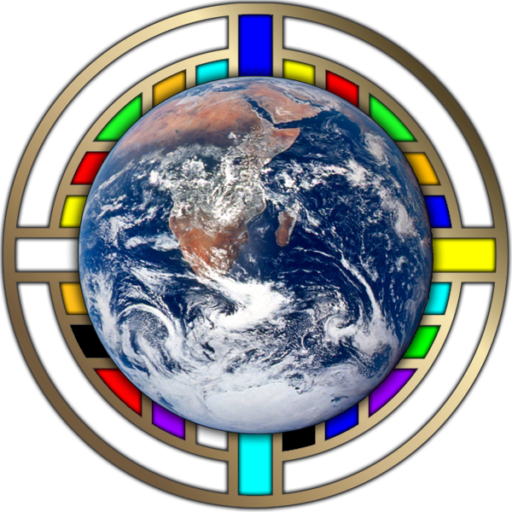EDCE Extensions and Utilities
This page is part of the EDIBLE library and is a holding area for any extensions, templates, and utilities for EDCE. This page focuses on providing tools for modders to create content for the game. As a result, content is added over time as it becomes available.
Rules of Engagement Generator
Link: Rules of Engagement Google Spreadsheet
This is a Google Spreadsheet that is meant to generate Rules of Engagement (ROE) for the AI. I found through testing that the AI tends to perform better if you write ROE for each unit type it will encounter instead of creating a default ROE as the standard AI file does. The file is pre-configured to work with the default unit set, but should work for any/all modded unit sets. The only thing to note is that it uses formula’s, so you may encounter some issues if you are adding/deleting rows and columns. If you would like a pre-configured version created for your set, put a note on the website or on the Steam forum and I can upload one.
Terrain Sprite Map Template:
The image above is the Terrain Sprite Map template which can be used to create terrain in the 128×128 format. To download, right click on the image to save, then open it in your preferred image editor to create custom terrain for your EDCE game. Below is a quick guide on how to use the Sprite Map:
- Red Outlines – The map outlines 32 squares in red. This represents the border of the tile. There are two versions of each terrain type that EDCE will load randomly each time a map is selected.
- Green Triangles – The green triangles represent the side of the tile that will “connect” with another tile of the same type. If you are making seamless tiles, the green edge will have to match the green edge on the tile it connects to, or image tearing will occur.
- Sprite Reticles – Each tile is broken into 8 triangular segments, separated by a red line. These are guides to help make symmetrical tiles. However, if you are making advanced or high contrast tiles, the reticles also show the attenuation points that EDCE uses when zooming, and should be used when identifying graphic artifacts. More information on this phenomenon in Unity is available here.

